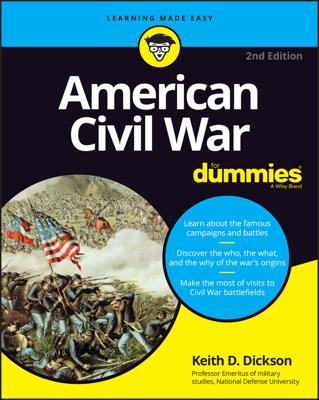Before the Civil War, steel was a rare and expensive building material, mainly because the process to make it from iron ore was a lengthy one. But a method that became widely used in the early 1870s greatly shortened the process while greatly increasing the amount that could be made at one time.
In America, steel-making became synonymous with one man: Andrew Carnegie. Born in Scotland, Carnegie came to America at the age of 13 and got a job working in a Pennsylvania factory for $1.50 a week. He moved on to jobs with Western Union and the Pennsylvania Railroad, made smart investments, and, by the time he was 28, was making $50,000 a year.
Carnegie eventually focused on steel. He hired chemists to perfect the production process, developed markets for steel, reinvested his profits, and expanded. He bought up or leased vast holdings of iron ore and coal in order to corner the supply of raw materials. By 1890, America was producing 4 million tons of steel per year, mostly for the railroads, and 70 percent of it was made by Carnegie’s steel plants near Pittsburgh.
In 1901, Carnegie sold out to financier J.P. Morgan for the staggering sum of $447 million. In his later years, he gave away more than $300 million of his fortune through philanthropies that included building 2,811 public libraries and donating 8,000 organs to churches.

